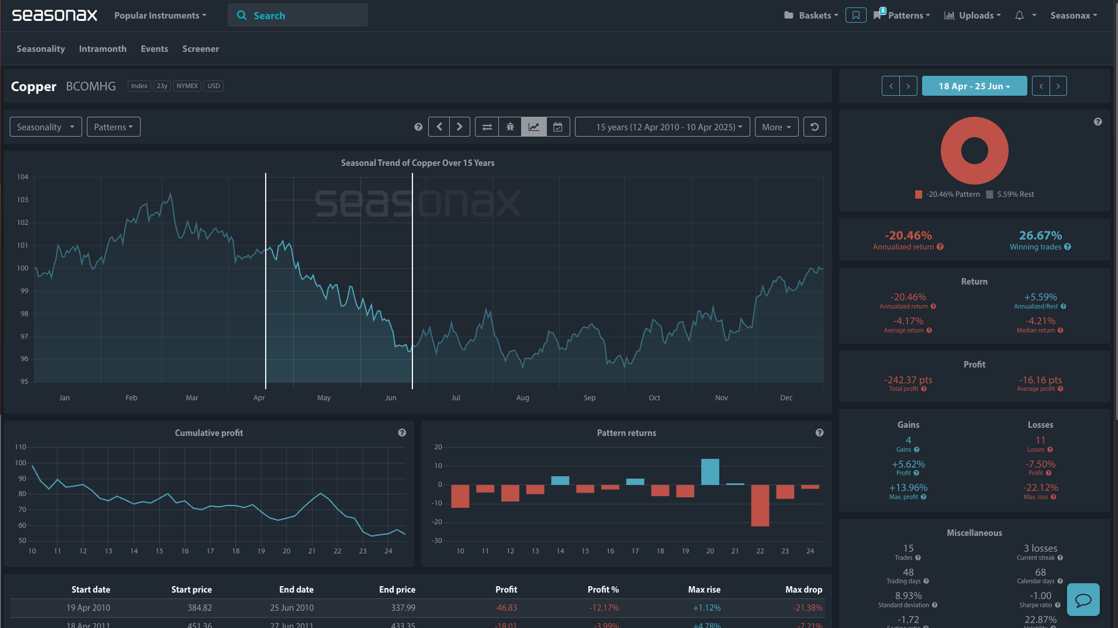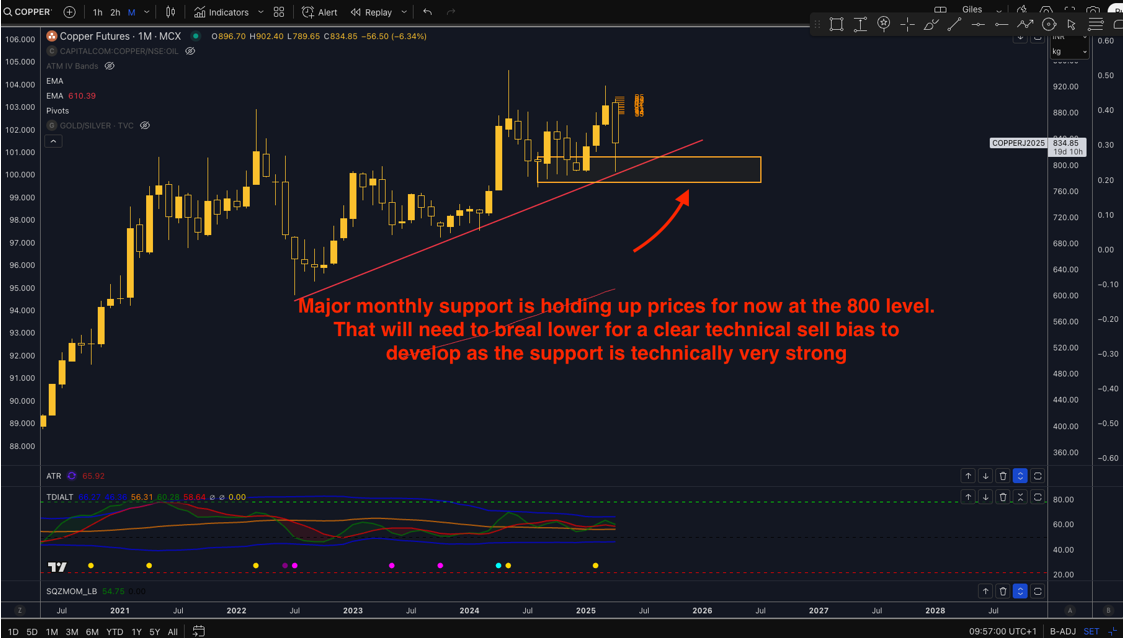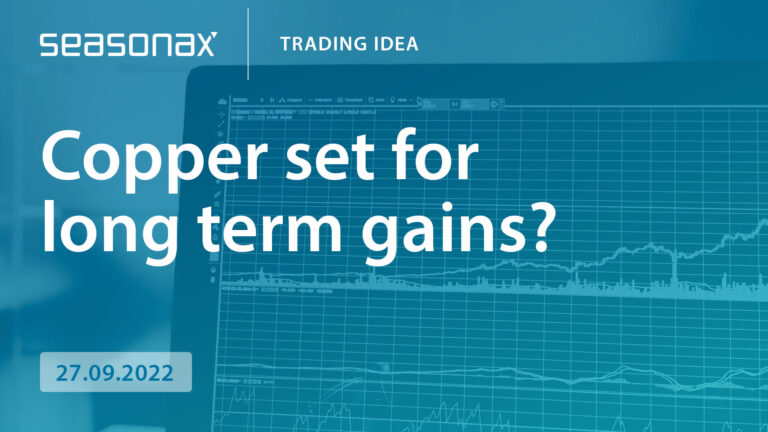Dear Investor,
You may not realize it, but copper tends to enter a distinctly bearish seasonal phase between mid-April and late June. Given how US copper prices have surged on tariff fears this year, we want to analyze the data in more detail.
The chart below shows you the typical development of copper prices from April 18 to June 25 over the past 15 years. The trend is clearly downward, with an annualized return of -20.46%, an average return of -4.17%, and a win rate of just 26.67%. The seasonal signal is striking: copper prices have tended to fall during this window in all but a few years.

Why the 2025 Setup Matters More Than Usual
This year’s dramatic rally in New York copper futures was triggered by the Trump administration’s plans to impose tariffs on imported copper products. That drove a rush of shipments into the US from overseas producers looking to front-run the levies.
But now, the tariff announcement is imminent — and traders are realizing the downside risk if those tariffs are delayed, softened, or scrapped entirely. A rollback could prompt an unwind of copper’s speculative long positioning, especially if the flood of imports has front-loaded US demand into Q1 and early Q2.
Additionally, as US inventories swell and Chinese copper demand remains soft, a resolution in trade policy would relieve some of the pressure in the US market — exactly as the seasonal weakness period begins.
A Perfect Storm?
The seasonal data suggests a consistent pattern of softness in copper through late Q2. If the policy backdrop shifts at the same time, copper could be vulnerable to a sharp correction. Particularly if Chinese smelting demand fails to reaccelerate or if the US import surge leaves domestic markets oversupplied.
It’s worth noting that copper’s medium-term bull thesis — centred on electrification, data centre expansion, and tight mine supply — remains intact. But short-term positioning and policy timing could easily deliver a sharp correction.
Technicals
Technically, marked on the chart below, there is a very strong monthly support level at the 800 region. This is a major level that trades would be aware.

Trade Risks:
The main risk to this seasonal view is a renewed policy shock that reinforces tariff fears or disrupts global copper supply chains — keeping US copper futures bid. Likewise, any surprise uptick in Chinese stimulus or US infrastructure demand could lend copper prices fresh support and remember that many analysts see a strong bull trend for copper based on the expected increase for demand.
Use Seasonax for your professional handling of market-moving events!


